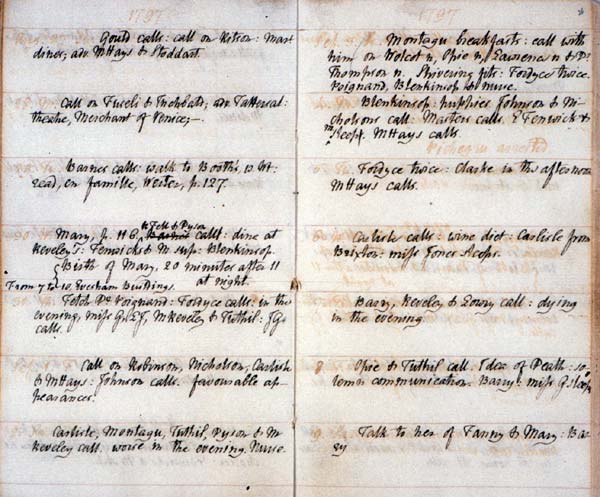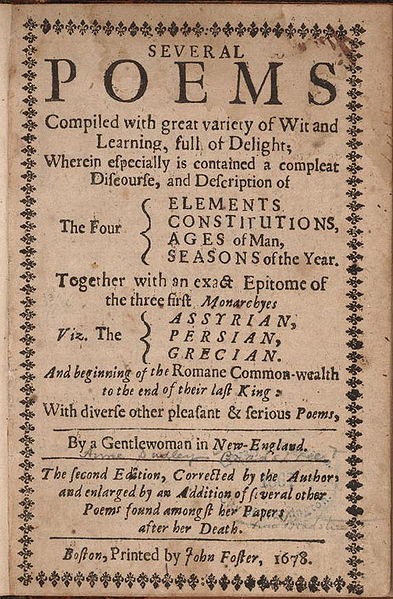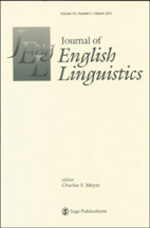

Primary Sources are immediate, first-hand accounts of a topic, from people who had a direct connection with it. Primary sources can include:
Texts of laws and other original documents.
Newspaper reports, by reporters who witnessed an event or who quote people who did.
Speeches, diaries, letters and interviews - what the people involved said or wrote.
Original research.
Datasets, survey data, such as census or economic statistics.
Photographs, video, or audio that capture an event.

Secondary Sources are one step removed from primary sources, though they often quote or otherwise use primary sources. They can cover the same topic, but add a layer of interpretation and analysis. Secondary sources can include:
Most books about a topic.
Analysis or interpretation of data.
Scholarly or other articles about a topic, especially by people not directly involved.
Documentaries (though they often include photos or video portions that can be considered primary sources).
Whether something is a primary or secondary source often depends upon the topic and its use.
A biology textbook would be considered a secondary source if in the field of biology, since it describes and interprets the science but makes no original contribution to it.
On the other hand, if the topic is science education and the history of textbooks, textbooks could be used a primary sources to look at how they have changed over time.
 |
 |
|
Primary Sources |
|
Secondary Sources |
| Artwork | Article critiquing the piece of art | |
| Diary | Book about a specific subject | |
| Interview | Biography | |
| Letters | Dissertation | |
| Performance | Review of play | |
| Poem | Treatise on a particular genre of poetry | |
| Treaty | Essay on a treaty |
Adapted from Bowling Green State University, Library User Education, Primary vs. Secondary Sources.
Primary sources from the largest library collection in the world.
The National Archives and Records Administration (NARA) is the nation's record keeper. The NARA holds in trust the most important records of the federal government.
Primary source documents in law, history and diplomacy.
Provides access to information about historic newspapers and select digitized newspaper pages.
Explore over 700,000 items digitized from The New York Public Library's collections. Includes prints, photographs, maps, manuscripts, videos, etc.
Primary source materials including photographs, oral history interviews, artwork, video and film footage, cartographic resources, architectural drawings, publications, and 3-dimensional objects.
EuroDocs: European primary historical documents that are transcribed and/or translated
Europeana: Digital objects from European institutions.
Documents from all historical eras arranged by time and subject.
A selection of Public domain and copyright Permitted texts, maps, and articles on a wide variety of subjects in European history.
Contains the official records of the Smithsonian, as well as personal papers, special collections, records of professional societies, and oral/video histories relating to the history of the Smithsonian.
Discover 41,763,311 images, texts, videos, and sounds from across the United States.
Digital collections from the national British Library.
Contains once-secret documents from governments all across the globe, uncovering new sources and providing fresh insights into the history of international relations and diplomacy.
Contains primary sources for the history of Europe.
The South Asia Open Archives (JSTOR): South Asia materials digitized by the Center for Research Libraries, available on the JSTOR platform.
Open Vault GBH: Open Vault is the home of WGBH Media Library and Archives, providing online access to unique and historically important content produced by the public television and radio station WGBH. The ever-expanding site contains video, audio, images, searchable transcripts, and resource management tools, all of which are available for individual and classroom learning. Visitors can become a "member" (free) of Open Vault: to access records and save findings.